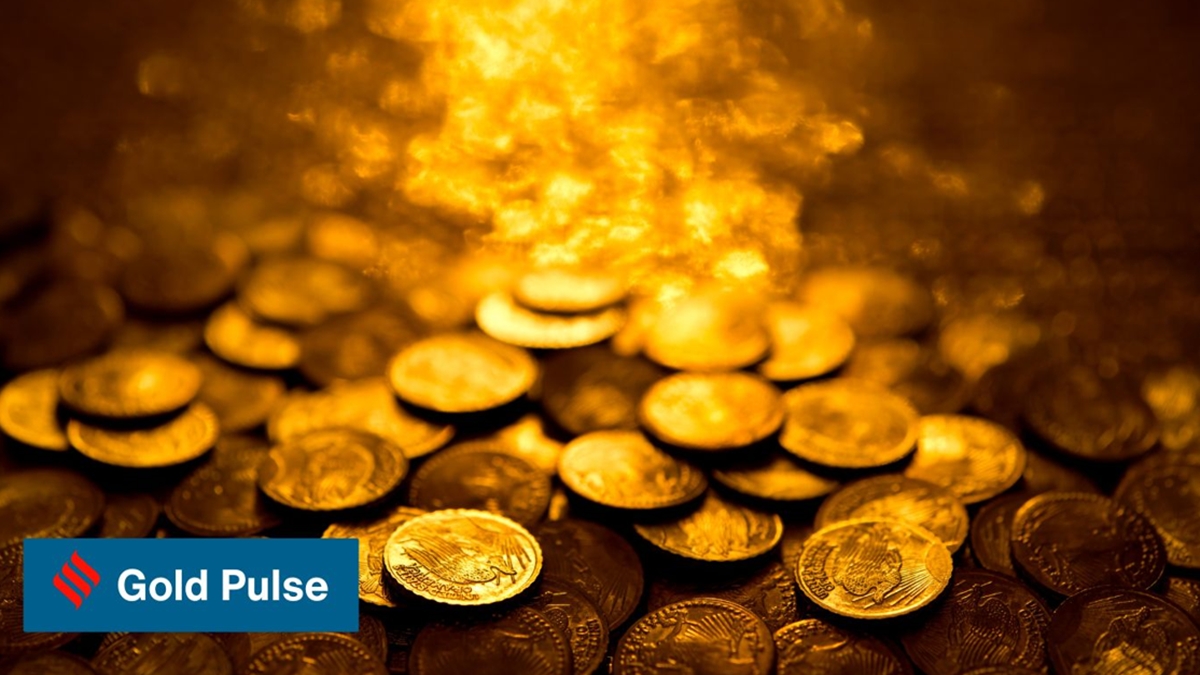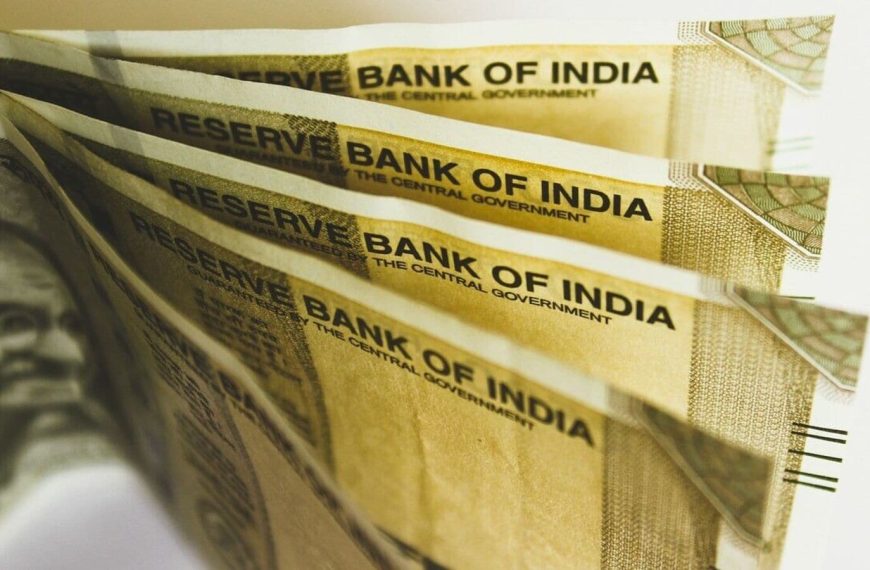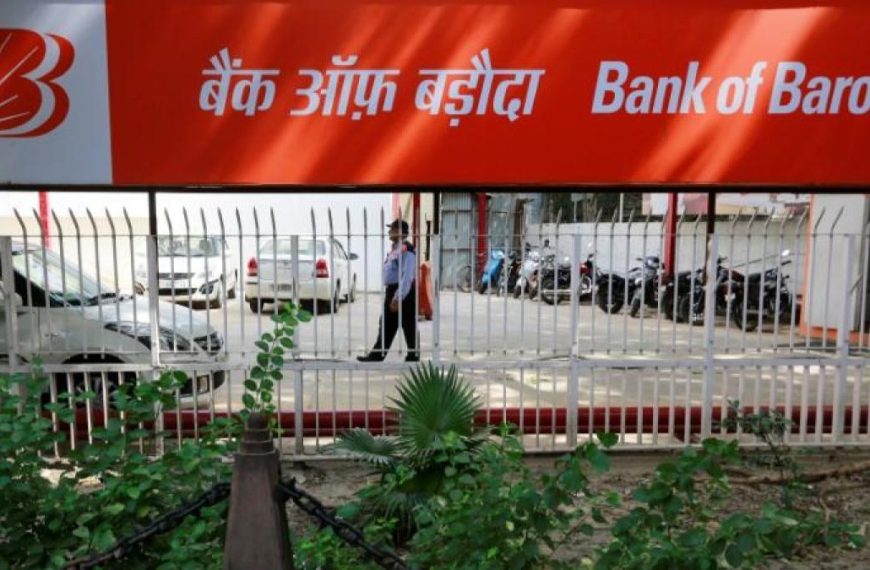In the wake of Russia’s invasion of Ukraine in 2022, central banks worldwide are increasingly turning to gold as a strategic asset to diversify their reserves and minimize reliance on the US dollar. This move stems from the dollar’s perceived use as an economic tool, prompting nations such as China, India, Poland, and Turkey to significantly enhance their gold reserves. Over the last two years, the volume of gold purchased by central banks has doubled, solidifying gold’s reputation as a dependable store of wealth during turbulent times.
The Allure of Gold Amid Economic Uncertainty
Economic instability and soaring inflation rates are major factors contributing to the rising demand for gold. Traditionally viewed as a hedge against inflation and financial downturns, gold is becoming increasingly appealing as investors seek stability amidst global market volatility. The combination of sluggish economic growth, escalating geopolitical tensions, and rising living costs has reinforced gold’s status as a safe haven for investors.
The Role of US Trade Policies
The trade policies put forth during Donald Trump’s presidency have added layers of complexity to the global economic landscape. Tariffs imposed on both allies and adversaries, including Canada, Mexico, the European Union, and China, have heightened global trade tensions. This uncertainty has led investors to seek refuge in gold, with over 23 million ounces of gold entering New York’s Comex futures exchange. This influx not only underscores the growing demand for gold but also plays a role in expanding the US trade deficit.
Investor Sentiment and Market Dynamics
With gold prices recently surging past the $3,000 mark, this precious metal has emerged as a barometer for economic fear and instability. Investor sentiment is a key driver in this market, with many eager to capitalize on the gold rally. Historical data reveals that gold prices typically rise during periods of heightened uncertainty. The psychological impact of reaching significant price thresholds, coupled with a fear of missing out, has further fueled demand for gold.
Navigating Challenges in the Gold Market
Interestingly, gold’s ascent has continued despite traditionally unfavorable conditions, such as rising interest rates and a robust US dollar. However, global demand, particularly from China, has significantly surpassed these challenges. Analysts are now speculating about the future trajectory of gold, with some suggesting it could soar to $3,500 an ounce if investment interest persists. While still trailing behind its inflation-adjusted peak of $3,800 from 1980, current trends indicate that gold may continue its historical upward trajectory, driven by ongoing economic and geopolitical uncertainties.
Conclusion
As central banks pivot towards gold amid a landscape of economic volatility, this precious metal’s role as a safe haven is more significant than ever. With evolving market dynamics and shifting investor sentiment, gold’s journey remains one to watch closely as it navigates the complexities of the global economy.











